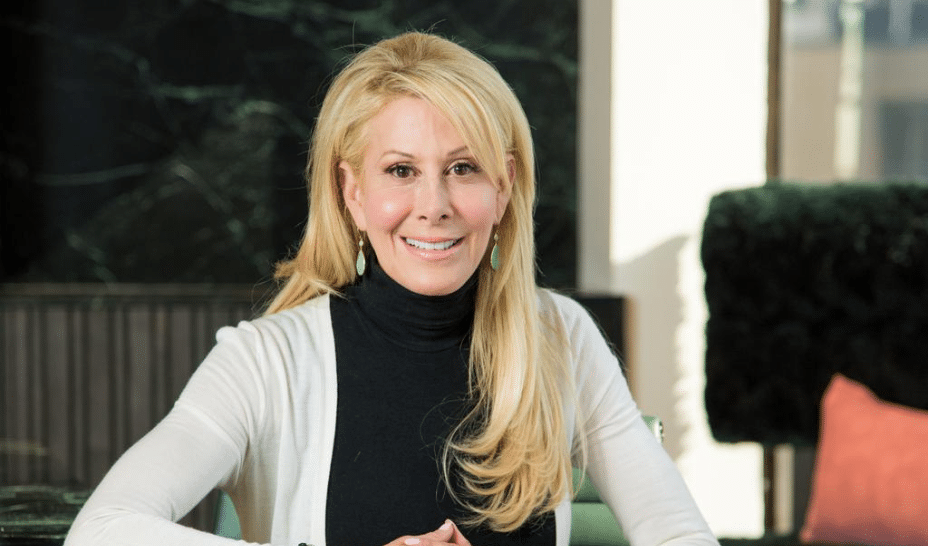Today, we’re excited to share a conversation with Jillian Manus, who is both Managing Partner of Structure Capital (an early-stage Silicon Valley venture fund) and a US Venture Advisor for the European Innovation Council.
Jillian brings a unique EU-US investment perspective to the table, especially within the current context of EU innovators being pushed to scale abroad due to a lack of late-stage capital in Europe – taking jobs, IP, and revenue with them.
She recently spoke at the Ventures.eu Forum 2025, which brought together family offices, LPs, GPs, fund-of-funds, policymakers, and founders to explore this challenge. Taking place under the umbrella of the EU-funded Innovation Radar Bridge project, the Forum provided a platform to map and accelerate Europe’s most promising innovators.
In this interview, we talk about how founders can use storytelling to attract investors, climate tech solutions, the role of pension funds and family offices in venture capital, Europe vs the US, and future trends to watch.
At Structure Capital, you describe your mission as ‘Investing in entrepreneurs who build smart solutions to waste’. How do you see the intersection of sustainability and profitability shaping the next wave of venture investing, particularly in Europe’s deeptech and climate sectors?
The good news is that the EU has enacted policies like the European Green Deal, SFDR, and taxonomy regulations, encouraging financial markets to direct capital toward sustainable activities. These frameworks don’t just foster growth in green sectors but also reduce the search costs for investors and enhance transparency, leading to more informed investment decisions and risk mitigation. As we all know, European investors tend to first risk mitigate a company rather than to build it up. These policies will help but not solve the bigger cultural challenge.
You’ve often spoken about the importance of storytelling and emotional intelligence in venture investing. How can European founders and funds leverage stronger narratives to attract global capital and scale their innovations?
Founders should first communicate the big problem they are solving. The qualified problem. Followed by why the team is uniquely capable of doing so, and clearly state their UVP. It is less about emotional intelligence and more about a customer’s (and funders’) emotional connection to the product. Steve Jobs would say, “You don’t want someone to buy your product, you want them to own it”. It has to be an extension of them, elevating the quality of their lives personally and professionally.
You recently spoke at the Ventures.eu Forum. What were the key takeaways from the event, particularly for investors and policymakers looking to support European innovations?
Three takeaways I’d highlight:
- Implement EU-wide startup labour rules
- Offer credit to companies from member states that spend 3% on defence
- Build a more robust procurement infrastructure
One topic highlighted at the Forum was the role of pension funds and family offices in venture capital. How do you see their participation evolving in Europe over the next few years?
The EU startup pipeline is robust. On par with the US, but US VCs still invest 7x more and 100x faster. Europe has €15 trillion locked up in pension funds. If they dedicate only 2%, €300 billion, to scale up VC funds/entities, this would change the entire competitive innovation landscape of Europe. Ireland, Italy, and now Luxembourg understand and are already introducing policies.
Compared to the US, Europe is often seen as lagging in pension fund involvement in VC. Why do you think this gap exists, and what lessons could Europe learn from the US experience?
It stems from not fully understanding the US VC pension fund dynamic. The EU is looking at the metrics and not the methodology. I believe that if we could create a forum to bring some of the leading US pension funds together with the EU member state pension fund leaders, they could help mollify their EU concerns. Best practices would be shared around risk mitigation and more.
How have US pension funds’ investments in venture capital delivered better returns for policyholders, and what might this imply for European investors?
Over the past decade, US public pension funds reported a median annualised return of between 13.5% and 15.2% from private equity, which includes venture capital – significantly higher than what was achieved through public equities, real estate, or fixed income. More than 88% of US public pension funds have a portion of their portfolio in these alternative assets, and nearly all plan to maintain or increase that allocation due to reliable, robust, and relatively less volatile returns. These numbers speak volumes. EU investors just need to listen!
Looking ahead, what trends or opportunities should investors and policymakers in Europe be paying attention to in order to accelerate innovation?
The sectors in Europe poised to deliver the highest innovation investment returns over 2025–2030 are artificial intelligence, biotech, climate/clean tech, fintech, healthtech, and deep tech (including quantum computing, advanced robotics, and semiconductors).
I would also add Defence/Dual technology to this list. More US investors are looking to join the EU venture community to invest in Europe through this Defence entry point. There is so much opportunity to be realised, which will generate a return to all stakeholders.
